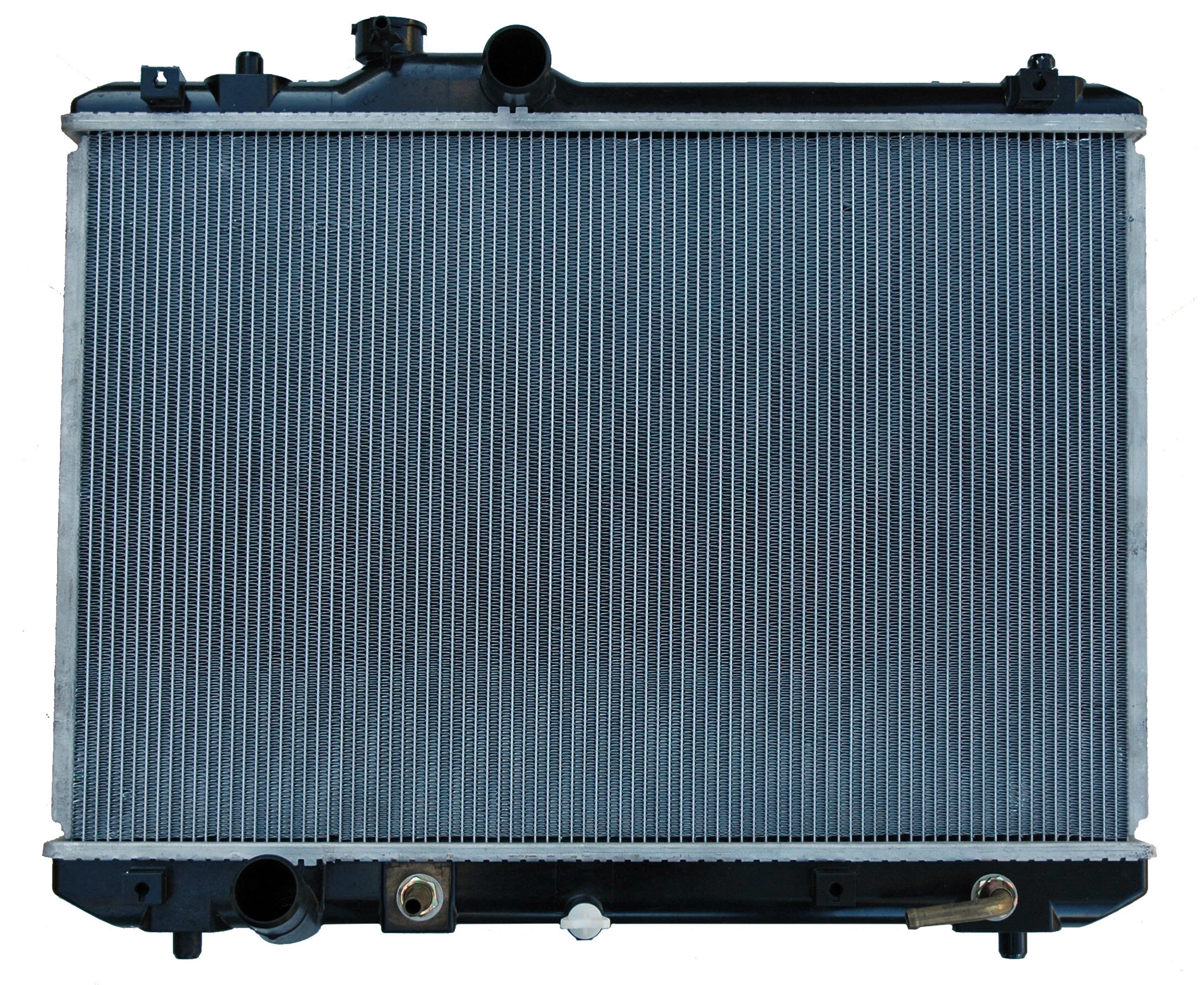
Warranty
Your warranty explained
One of the most common questions we get asked is "how long is the warranty?"
Manufacturer's warranty will include manufacturing faults and faulty products. Our products have a 5 year warranty. Since we only sell quality parts and all our products have to be quality approved it is highly unlikely that you will receive a faulty product. A manufacturing fault usually appears straight after installation eg the radiator may not hold pressure or the tank may unseal from the core. These are usually issues that may arise with cheaper quality items.
Buyer beware
It is more important to focus on the conditions that apply to your radiator's warranty. These are industry standard conditions.
Your warranty is void if your radiator is damaged due to incorrect use of coolant, not flushing correctly or stray current. Please see our leaflet on replacing your radiator for more information on how to install correctly.
So don't be mislead by suppliers providing unrealistic warranty. It will still be conditional and will most likely not cover any issues that arise with your part.
Leaking radiator because system was not flushed
Stray current
Stray current is electrical current in the car that is stray due to poor wire earthing. Earth wires that are not connected, loose, corroded or insecure will damage your radiator. This can happen especially after an inadequate repair following an accident.
After a few days of installing your radiator (since newly installed coolant can give you a wrong reading), you should have an electrician or mechanic check your car using an analog multi-meter (not digital – the analog is more sensitive). The test does not take long and should cost around $30 to $50.
Volts of 0.05 or higher will damage your new radiator. The higher the volts the faster the damage. We have seen radiators completely damaged after just three weeks.
If you find that you do have excessive current you need to find the source and ensure correct electrical grounding. Do not just earth the radiator as this has been shown to increase the current and damage the radiator even faster.
Stray current damage on a radiator is easy to determine as it turns the aluminum black (visible once you take the tanks off) and voids your warranty.
How to test for stray current
Take your radiator cap off. Turn your car on. Turn on all electrical components that you would use day to day like headlights, tail lights, air conditioning and radio etc. Then put the red probe in the water without touching the radiators' aluminum and the black is earthed to the engine or battery.



